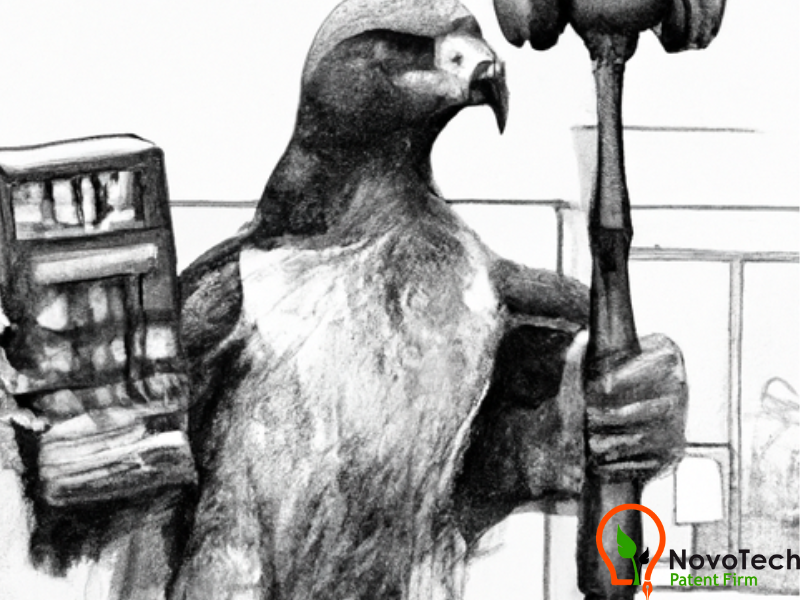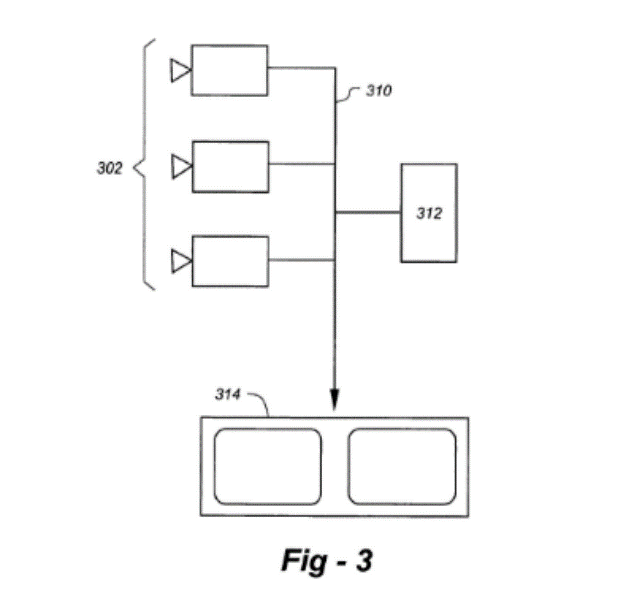
Federal Circuit Affirms Dismissal of Patent Claims Failing Alice Two-Step Test
Hawk Technology Systems, LLC sued Castle Retail, LLC for patent infringement based on Castle Retail’s use of security surveillance video operations in its grocery stores. Hawk Tech. Sys., LLC v. Castle Retail, LLC, Case No. 22-1222 (Fed. Cir. Feb. 17, 2023) (Reyna, Hughes, Cunningham, JJ.)
In response, Castle moved to dismiss the case, arguing that the asserted patent claims were directed to ineligible subject matter and therefore invalid under 35 U.S.C. § 101. The district court granted Castle’s motion to dismiss the case. It found that the patent claims were directed to the abstract idea of storing and displaying video, and failed to provide an inventive step that transformed that abstract idea into a patent-eligible invention.
Hawk owns U.S. Patent No. 10,499,091 (the “’091 patent”). The ’091 patent is directed to watching multiple videos on a remote device at once from a video surveillance system. Figure 3 of the patent shows how it works – there are several cameras 302 that send video images through a broadband connection 310 to a server 312 and then to a monitor control system 314.

Representative claim 1 of the patent recites:
1. A method of viewing, on a remote viewing device of a video surveillance system, multiple simultaneously displayed and stored video images, comprising the steps of:
receiving video images at a personal computer based system from a plurality of video sources, wherein each of the plurality of video sources comprises a camera of the video surveillance system;
digitizing any of the images not already in digital form using an analog-to-digital converter;
displaying one or more of the digitized images in separate windows on a personal computer based display device, using a first set of temporal and spatial parameters associated with each image in each window;
converting one or more of the video source images into a selected video format in a particular resolution, using a second set of temporal and spatial parameters associated with each image;
contemporaneously storing at least a subset of the converted images in a storage device in a network environment;
providing a communications link to allow an external viewing device to access the storage device;
receiving, from a remote viewing device remoted located remotely from the video surveillance system, a request to receive one or more specific streams of the video images;
transmitting, either directly from one or more of the plurality of video sources or from the storage device over the communication link to the remote viewing device, and in the selected video format in the particular resolution, the selected video format being a progressive video format which has a frame rate of less than substantially 24 frames per second using a third set of temporal and spatial parameters associated with each image, a version or versions of one or more of the video images to the remote viewing device, wherein the communication link traverses an external broadband connection between the remote computing device and the network environment; and
displaying only the one or more requested specific streams of the video images on the remote computing device.
Hawk sued Castle Retail for infringing the ’091 patent based on the security surveillance video operations used by Castle Retail in its grocery stores. According to Hawk, the ‘091 patent provides solutions for the problem of increasing demand for higher quality video content and editing, which requires additional data, whereas the physical infrastructure for data transmission has remained unchanged for decades.
Castle Retail moved to dismiss based on its assertion that the ’091 patent is invalid under 35 U.S.C. § 101. The claims, it asserted, failed Alice step one because they are directed to the “abstract concept” of “collecting, manipulating, displaying, and storing information.” And they failed Alice step two because they present only “conventional components” that “provide no inventive concept.” The district court agreed with Castle and granted the motion to dismiss the case. Hawk appealed.
The Federal Circuit agreed with the district court. Section 101 of the Patent Act states: “whoever invents or discovers any new and useful process, machine, manufacture, or composition of matter, or any new and useful improvement thereof, may obtain a patent therefor, subject to the conditions and requirements of this title.” 35 U.S.C. § 101. But § 101 “contains an important implicit exception: Laws of nature, natural phenomena, and abstract ideas are not patentable.” Alice Corp. v. CLS Bank Int’l, 573 U.S. 208, 216 (2014) (citations omitted). The Supreme Court has articulated a two-step test for examining patent eligibility when a patent claim allegedly involves potentially patent ineligible subject matter. Under this “Alice” test, a claim falls outside § 101 if (1) it is directed to a patent-ineligible concept like an abstract idea, and (2) it lacks elements sufficient to transform the claim into a patent eligible application. SAP Am., Inc. v. InvestPic, LLC, 898 F.3d 1161, 1166–67 (Fed. Cir. 2018).
Turning its attention to Alice step one, the Federal Circuit concluded that the claims are directed to a method of receiving, displaying, converting, storing, and transmitting digital video using result-based functional language. The claims are similar to those we have found to be directed to abstract ideas. For example, the Court noted it has held that “encoding and decoding image data and . . . converting formats, including when data is received from one medium and sent along through another, are by themselves abstract ideas.” Adaptive Streaming Inc. v. Netflix, Inc., 836 F. App’x 900, 903 (Fed. Cir. 2020). The ‘091 patent claims are related to displaying images, transforming them into a certain format, sending them, and similar tasks. Hawk put forward that the technical problem is “conserving bandwidth while preserving data” and this can be achieved by executing “special data conversion of the video streams,” and by digitizing and changing the form of the data. However, the Court disagreed, noting that examination at step one must focus on what the claim language precisely states. The claims here simply do not do that: They fail to mention executing any “special data conversion,” or provide any description on how their goal of “saving bandwidth while maintaining data” is achieved. Stated differently, the claims of the ‘091 patent lack a sufficient description on how it may improve the performance of video surveillance systems and are stated at such a general result-oriented level that they have become an implementation of an abstract concept. As such, the Court found that the claims are directed to an abstract idea, and hence moved to the second step of Alice’s analysis to determine if the claims are transformed into subject matter beyond the abstract idea itself.
Regarding Alice step two, the Court concurred with the district court that, given the limits of the claims within the context of its specification, there is no sign of a technological advancement in video storage and presentation because the limitations can be implemented using ordinary computer parts. The specification and claims do not explain how monitoring and storing can be improved other than by using conventional computer based, camera technology. Not only does nothing in the claims demonstrate a requirement of elements beyond those usually found off-the-shelf to gather, transmit and show data when read in light of the specification, but the claims also have failed to highlight something inventive related to ordered combination of the claimed limitations. The Court accordingly found the ‘091 patent claims insufficient to convert an abstract concept into something concrete, thus failing Alice step two.